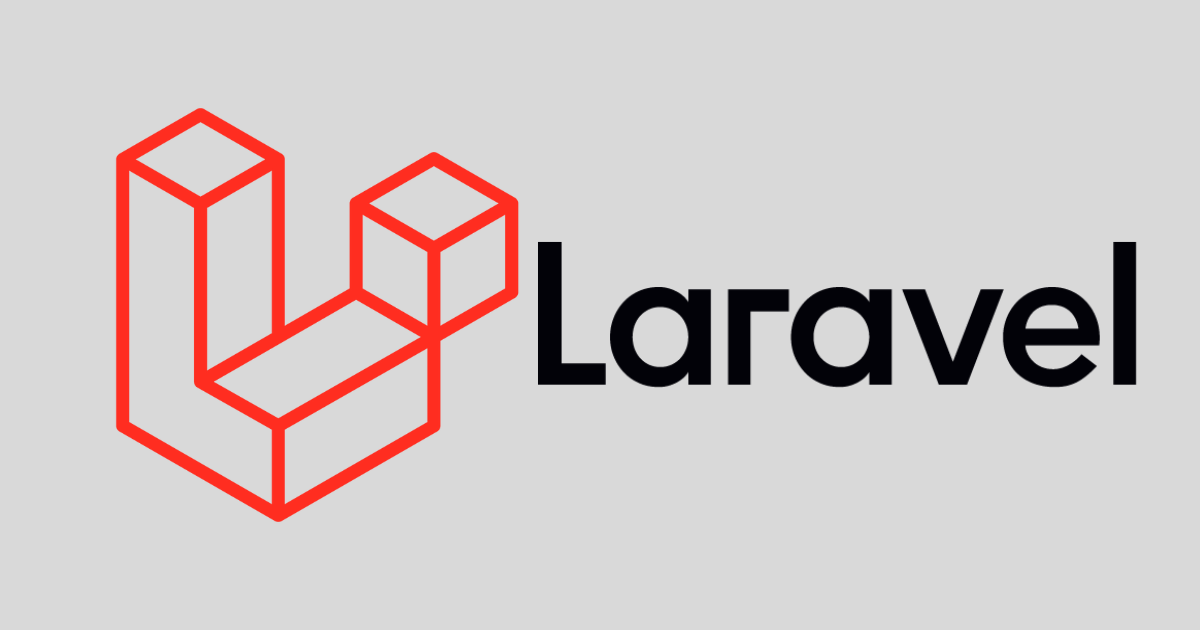こんにちは、PHP開発者の皆さん!この連載の第7回では、Laravel 10を使ってデータのシリアライズとリソースの変換を行う方法について詳しく解説します。APIで返されるデータを整形し、必要な形式に変換することは、クライアントに対して一貫性のあるデータを提供するために重要です。それでは、始めましょう!
1. リソースの作成
Laravelでは、Eloquentモデルをリソースクラスに変換して、APIレスポンスをカスタマイズすることができます。まず、リソースクラスを生成しましょう。
リソースクラスの生成
以下のコマンドを実行してリソースクラスを生成します。
./vendor/bin/sail artisan make:resource PostResourceこれにより、app/Http/Resources/PostResource.php ファイルが生成されます。このファイルを開き、リソースの構造を定義します。
namespace App\Http\Resources;
use Illuminate\Http\Resources\Json\JsonResource;
class PostResource extends JsonResource
{
public function toArray($request)
{
return [
'id' => $this->id,
'title' => $this->title,
'body' => $this->body,
'created_at' => $this->created_at->toDateTimeString(),
'updated_at' => $this->updated_at->toDateTimeString(),
];
}
}2. リソースコレクションの作成
複数のリソースをまとめて処理するためのリソースコレクションも作成できます。
リソースコレクションの生成
以下のコマンドを実行してリソースコレクションを生成します。
./vendor/bin/sail artisan make:resource PostCollectionapp/Http/Resources/PostCollection.php ファイルが生成されます。このファイルを開き、コレクションの構造を定義します。
namespace App\Http\Resources;
use Illuminate\Http\Resources\Json\ResourceCollection;
class PostCollection extends ResourceCollection
{
public function toArray($request)
{
return [
'data' => $this->collection,
'links' => [
'self' => url('/api/posts'),
],
];
}
}3. コントローラでリソースを使用する
次に、コントローラでリソースを使用してデータを返す方法を見てみましょう。
単一リソースの返却
単一のリソースを返す場合、PostResource を使用します。
namespace App\Http\Controllers\Api;
use App\Http\Controllers\Controller;
use App\Http\Resources\PostResource;
use App\Models\Post;
class PostController extends Controller
{
public function show($id)
{
$post = Post::findOrFail($id);
return new PostResource($post);
}
}
リソースコレクションの返却
複数のリソースを返す場合、PostCollection を使用します。
namespace App\Http\Controllers\Api;
use App\Http\Controllers\Controller;
use App\Http\Resources\PostCollection;
use App\Models\Post;
class PostController extends Controller
{
public function index()
{
$posts = Post::all();
return new PostCollection($posts);
}
}4. カスタムレスポンスの追加
リソースクラスに追加情報を含めたい場合、リソースにメタデータやカスタムリンクを追加できます。
メタデータの追加
PostResource にメタデータを追加する例を示します。
public function toArray($request)
{
return [
'id' => $this->id,
'title' => $this->title,
'body' => $this->body,
'created_at' => $this->created_at->toDateTimeString(),
'updated_at' => $this->updated_at->toDateTimeString(),
'author' => [
'name' => $this->user->name,
'email' => $this->user->email,
],
'links' => [
'self' => url("/api/posts/{$this->id}"),
],
];
}5. リソースのテスト
最後に、リソースが正しく返されるかどうかをテストします。
単一リソースのテスト
単一のリソースを返すエンドポイントのテストを追加します。
namespace Tests\Feature;
use Illuminate\Foundation\Testing\RefreshDatabase;
use Tests\TestCase;
use App\Models\Post;
use App\Models\User;
class PostApiTest extends TestCase
{
use RefreshDatabase;
public function test_can_fetch_single_post()
{
$user = User::factory()->create();
$post = Post::factory()->create(['user_id' => $user->id]);
$response = $this->getJson("/api/posts/{$post->id}");
$response->assertStatus(200)
->assertJson([
'data' => [
'id' => $post->id,
'title' => $post->title,
'body' => $post->body,
],
]);
}
}コレクションのテスト
複数のリソースを返すエンドポイントのテストを追加します。
namespace Tests\Feature;
use Illuminate\Foundation\Testing\RefreshDatabase;
use Tests\TestCase;
use App\Models\Post;
use App\Models\User;
class PostApiTest extends TestCase
{
use RefreshDatabase;
public function test_can_fetch_posts()
{
$user = User::factory()->create();
$posts = Post::factory()->count(3)->create(['user_id' => $user->id]);
$response = $this->getJson('/api/posts');
$response->assertStatus(200)
->assertJsonStructure([
'data' => [
'*' => ['id', 'title', 'body'],
],
]);
}
}6. まとめ
この記事では、Laravel 10を使ってデータのシリアライズとリソースの変換を行う方法について解説しました。リソースクラスとリソースコレクションを使用することで、APIレスポンスの一貫性を保ちつつ、必要な情報を柔軟に提供することができます。次回は、APIのパフォーマンスチューニングについて学びます。それでは、次の記事でお会いしましょう!
次の記事: 第8回 APIのテストとデバッグ


コメント